When you come to Poland, people who travel around Europe are surprised at how big the country is. You go on and on, and there seems to be no end to it, unlike other European countries, which vigorously succeed one another. And how do ordinary Poles live, how is their life organized??
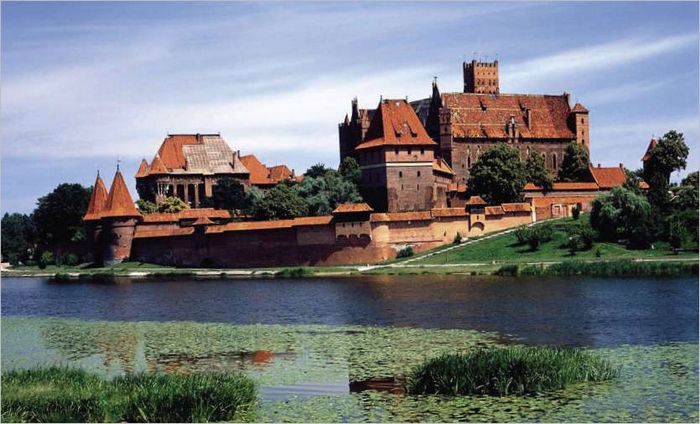
When you go through Poland, looking through a window of a train or a car, you see a village, a field, a forest, then another field, another village, another field, a forest, etc.d. The fields are neat, the houses are different: richer and poorer, but everything is neat and tidy, built “for the century”. Some of the old houses have shingles that are more than a century old. Near the houses usually neat lawns, lots of roses and other flowers.
The villagers seldom engaged only in farming. As a rule, they leave early in the morning for the next towns or cities. People have been working there since 6.00 to 14.00. Then, when they come home, they tend their gardens, fields and cattle. The Poles have not forgotten how to work the land since the war and even in the difficult eighties, when martial law was imposed and ration cards became a way of life, no one went hungry in Poland. There was enough bread, potatoes, meat, and milk for everyone.
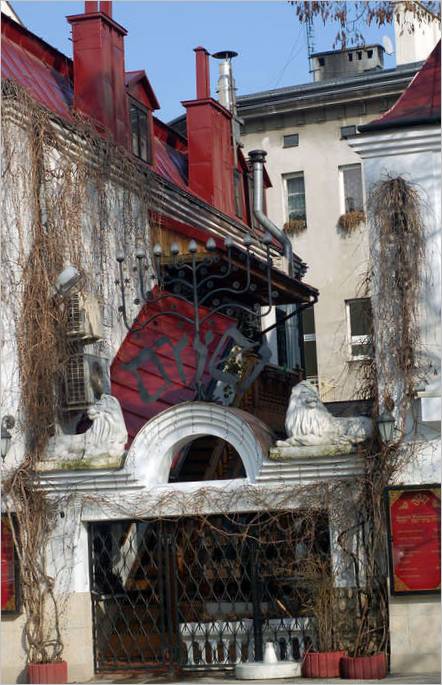
However, city dwellers are also drawn to the land. Many city dwellers have small plots of land: from 1-3 hectares. These garden plots – “dyalka” – are within the city limits, sometimes even within walking distance of homes. It never occurs to anyone to build a summer house there. On such a plot there may be a 2×3 meter house – a shelter from the rain and storage of equipment. People come to these “dyalkas” not only at weekends, but often on weekdays as well, after work.
Someone grows his favorite vegetable and fruit crops, someone turns this space into a beautiful lawn with flowers and a few fruit trees. Poland’s favorite berry is strawberries. The climate in the country is almost ideal for growing it. From late May to early July, strawberries are in season in Poland. They grow it in both small gardens and large plantations.
Interestingly, Polish producers mostly make compotes for the winter, mostly from strawberries. Some families very rarely cook jam or jams.
WHAT MRS. MONICA EATS FOR BREAKFAST?
Poles, like other Slavic nations, are hospitable and open. However, they have their own peculiarities. You can easily, without warning, visit your acquaintances. You are welcome but you are offered tea or coffee and a ‘standard’ cookie, sandwiches at best. But if you are invited, it will be generous and tasty.
Polish cuisine is tasty and abundant, but simple and without any frills. For breakfast, families usually have scrambled eggs, sausages, cottage cheese, and instead of our milk porridge, milk soup with pasta or rice. By the way, cottage cheese in Poland is never sprinkled with sugar, just like kefir is not sprinkled with sugar. Onions, sometimes green onions, salt, pepper, and low-fat sour cream are added to the cottage cheese. They mix it all up and it tastes great. This kind of curd is even served in restaurants. Families leave early for work and school. They start working at 6 or 7 in the morning. School starts at 7 a.m., as a rule.30. Everyone, children and adults alike, usually take sandwiches with them.
It is customary to have lunch at home, around 15 o’clock.00 – 17.00 o’clock. For lunch they serve the first course, the second course and some compote. Polish soups are very varied and tasty. Vegetable salads are not usually served as a separate appetizer, but as part of a second course. The main course is pork or beef – chops, stew or baked meat. Chops are a classic of Polish cuisine, both at home and in restaurants. As a rule, they serve boiled potatoes and, less frequently, rice as a side dish.
Fish is very rarely fried or boiled at home. You eat fried fish more often in restaurants or in fish stores, where they put several tables and where you can eat freshly fried fish. Of all the fish variety the most popular is… herring. In grocery stores and cookeries there is a big choice of this fish, familiar to us as well: salted, pickled in different ways. Also make many different salads with herring.
This is a favorite way to serve herring. Marinated herring fillets are covered with a layer of onions and poured with sour cream on top. This kind of herring can be eaten in a simple restaurant or in a fancy restaurant. In Poland, it is customary to cook at home. Women traditionally spend a lot of time in the kitchen, and in recent decades have actively used a variety of appliances.
For dinner, you are most often served sandwiches, called “kanapki” in Poland. They’re very diverse. So, on one piece
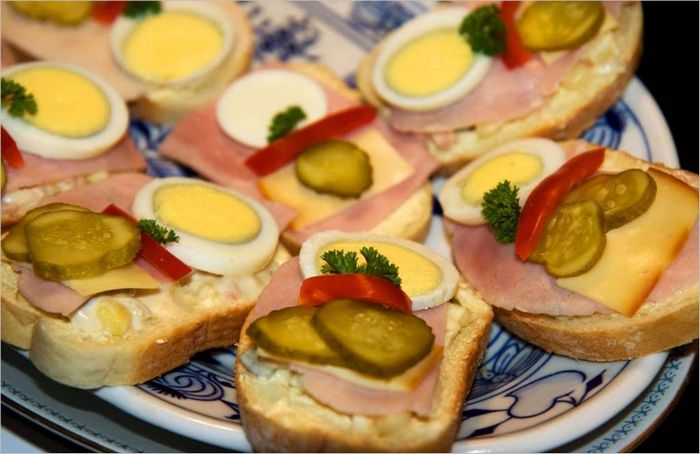
A slice of ham, a slice of cheese, an egg, a tomato, etc., can be placed on the bread.d. Poland has very tasty, high quality products. Amazing abundance of sausages, ham. But they buy it all little by little, even four or five pieces at a time. It is important that everything at home was the freshest. There’s no sense in buying.
In homes, tea and coffee are traditionally served in glasses on glass saucers. Insoluble coffee is usually poured generously into a glass and poured over with boiling water, a method that even in Europe is called “coffee à la brew”. They only use a grinder in the coffee making process, though they often buy pre-ground coffee.
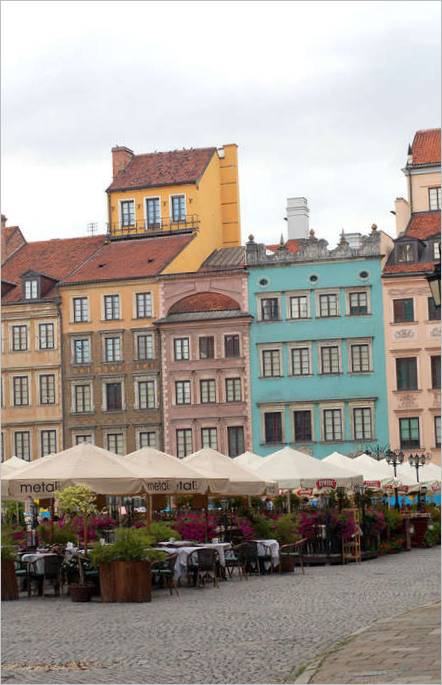
LIFE WITHOUT FRILLS
In the cities, people live in different, but usually small, apartments. In many old houses even today, instead of central heating, there are tiled stoves, nice and neat. Even in cities, people often live in private single-family homes. In apartment buildings, every family has a little room in the basement. They store things for the winter, charcoal and firewood, if the house has a stove heating, bicycles and other necessities. And each house has an attic that is in common use.
Above all, it is used to dry laundry. The houses and apartments are very clean. They use vacuum cleaners a lot when they’re cleaning. Among home appliances, washing machines are the most popular, and dishwashers are not yet a common sight in Polish kitchens, just like in American ones. Many families live in small apartments, where in the kitchen there is the traditional refrigerator and stove, and recently the microwave oven has also become popular. In Poland you often find very small apartments. There’s even a special name for them: “cavaliers.”. This is a one-room apartment with a very small kitchen without a window, so it is in demand super-compact appliances.
In Poland in the fifties or seventies they built entire neighborhoods of four and five story houses with small apartments, small kitchens and small rooms. Even today, most Poles live in such apartments. No place for an abundance of appliances and furniture. That’s why everything is laconic. In the kitchen there is a refrigerator, a stove, a sink, and a minimum of furniture. Small appliances – coffee grinder, toaster, juicer, mixer, iron, meat grinder. And in the bathroom there is always a washing machine.
Even if it is installed instead of the sink, in which case it is washed over the bathtub. By the way, automatic washing machines became widespread in Poland in the mid-seventies. Coffee makers, electric kettles, hoods, coffee machines are not very popular. Coffee is mostly made in small geyser coffee makers on the stove. Most families have only one television set, even if the apartment is big – three or four rooms.
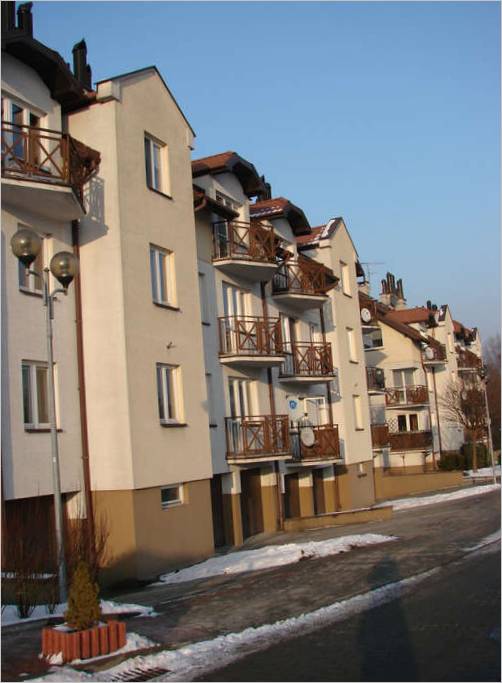
The entrances of apartment buildings are always clean. The walls are not painted or stained. Residents are very vigilant about it. And even if rebellious young people sometimes write things on parapets and railings, you will never see that in the entrances. There is usually a neat little nameplate on the apartment door, just like the apartment number next to the intercom button.
In the porches, the lights are not switched on at all times to save electricity. If you go into or out of the apartment in the evening, you press the light button, and the light stays on for a minute or two. You can usually cover a five-story distance in such a short time. If the light goes out, you press the light button and it comes back on.
In the warmer months, the balconies of the houses are richly decorated with flowers. By the way, in this country nobody spontaneously glazing balconies and loggias. This is practically nowhere to be found. Maybe that’s why the houses look neat and modern. It’s not customary to dry laundry on balconies or to keep stuff on them.
Poles repair relatively often – every 3-5 years. They don’t see renovation as a “natural” disaster. It is not a problem to hire professionals for repairs. The cost of work is not comparable with prices in New York, while workers do not require complete removal of furniture from the apartment, make repairs quickly, efficiently and perfectly all cleaned up after themselves. In apartments and houses, most often the floor is parquet, the kitchen is tiled, and the walls are carefully plastered and painted. Wallpaper is unpopular in Poland.
POLISH ECONOMY
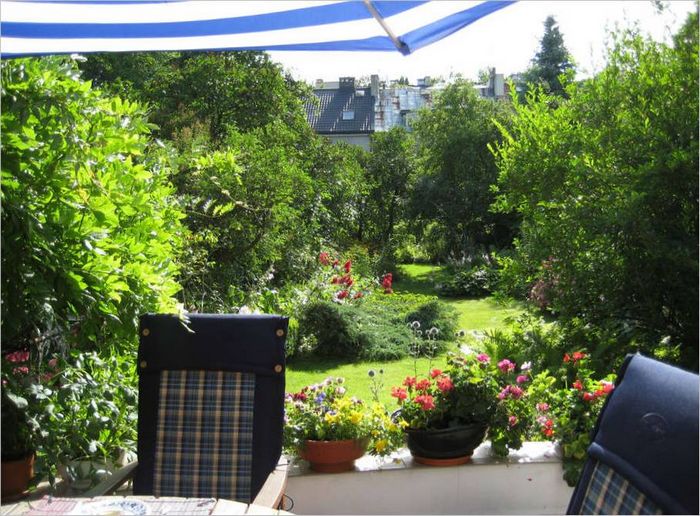
In most homes, they install gas heaters for hot water – modern, aesthetic and safe. And where there is gas, gas leak detectors are necessarily installed. Many homes have switched to energy-saving lamps. Electricity consumption is treated with extreme care. For example, they put just enough water in the kettle to hold just one cup of tea. In recent decades, Poles have learned to save money. For example, when choosing a car people carefully analyze petrol consumption and costs of services.
Vacationers often travel by “last minute” to the Mediterranean Sea by bus or by their own car with a stop in campsites. Young people in general hitchhike with tents and backpacks and manage to see Europe for “ridiculous” money.
But in Poland they easily part with their old things: clothes, household items. No littering, throwing away things you don’t need or giving them to the poor.
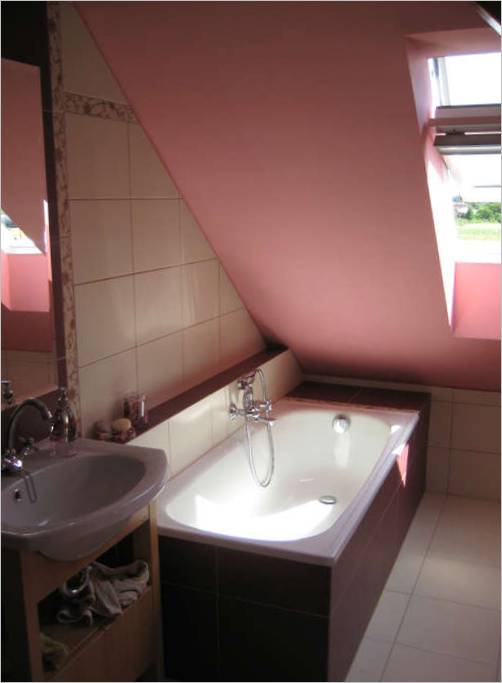
Every season, Polish women have new clothes. Beautiful pani do it creatively. Shopping for clothes is done with some innate flair and taste. Things are subtly chosen by color combinations, by style, by current fashion. Basic closet items are complemented by numerous accessories: bags, scarves, belts, gloves, hats, etc.d.
Polish women are tireless and persistent in their search for the missing element to their costume image. And they can look through and try on almost everything in the store and leave without finding anything. The staff is patient, calm and understanding, not imposing anything, and is morally prepared for the customer to leave without a purchase. By the way, this meticulous approach to shopping in color, shape and style is typical not only for clothes, but also for other things.
The color of furniture, upholstery, tablecloths, curtains, everything in the houses is not random, everything is lovingly chosen and composed. Owners of private homes prefer old furniture, restored and maintained. They often combine old and modern clothing, an eclectic mix of the past and the present, which is so important in conservative Poland.
PANI PERFECTION
Polish women are terrific at building relationships with men – at work, on the street, in transportation. They behave
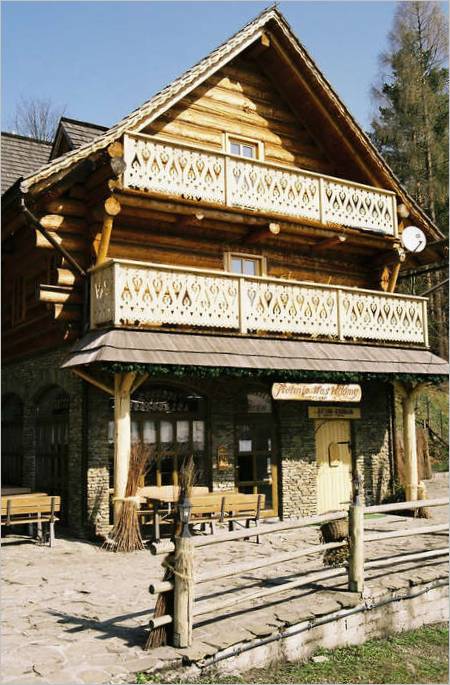
Independently, elegantly, and in such a way that men constantly show them their attention and respect. Where else in the modern world can you see a man who elegantly kisses the hand of a woman or a girl upon meeting her?? It is interesting that such traditions exist not only among city dwellers, but country men are also sometimes very gallant.
Women reign, living with the feeling that men are made to provide their comfort. And men are ready to obey, ready to please, endure and fulfill the whims of the better half of humanity. Men are sure to help with a stroller, a heavy bag, at the entrance to the train or bus. And you don’t have to ask anyone. Men immediately show a desire to help.
The pani are usually well groomed and elegant. Young girls always dress according to fashion trends. Other ages prefer elegant classics and urban styles. As for holidays and celebrations, both young people and everyone else dress appropriately for the special occasion. Polish women make regular visits to the hairdresser and beauty salon.
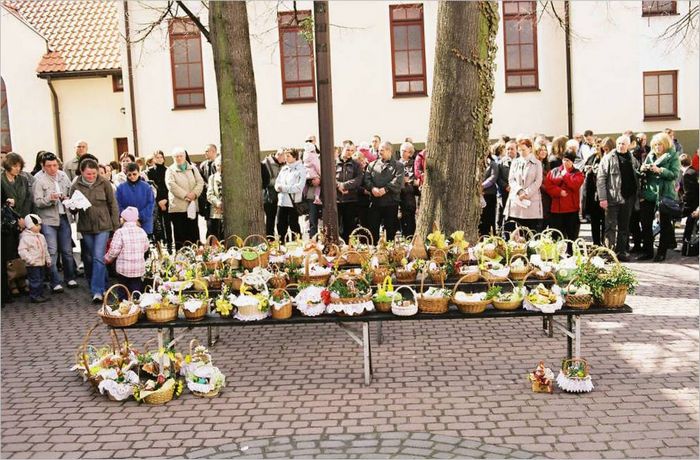
VERA AND FAMILY
Often on the front door of the apartment or house you can see a small cross. There can also be a crucifix on the wall in the apartment. Icons are very rare. Poles are Catholics, but not fanatics. In Poland, the “Polish Pope” John Jan Paul II is highly respected and revered. Religiousness is first and foremost based on tradition. Residents of Poland cherish major holidays for all Poles – Christmas, Easter, All Saints’ Day – November 1, when everyone remembers their deceased relatives and certainly visit cemeteries and churches on this day.
These three holidays always bring families together under one roof and around one table. Wherever Poles work or study, they want to be with their families on Christmas Eve. Christmas is probably the most important holiday for Poles. The older women in the family face a special test of loyalty to tradition. As custodians of tradition, they bear the main burden of preparing the holiday table. The Christmas table is full of traditional dishes.
There’s carp in onion jelly, and beet borscht with “ears” – small ravioli cakes stuffed with porcini mushrooms. This includes stuffed cabbage rolls, stuffing, shinka, sausages, and a host of other dishes. It’s not easy to cook it all, and it takes a lot of time and effort! It’s strictly a family holiday. Householders gather around a communal table and invite only very close or lonely distant relatives. On Christmas Eve they go to the church service, and only then, after they return, does the festive meal begin.
They visit relatives or close friends for a few days. Christmas – the country’s main church holiday. Life comes to a standstill for a few days: the stores are closed and transport is cut down as much as possible.
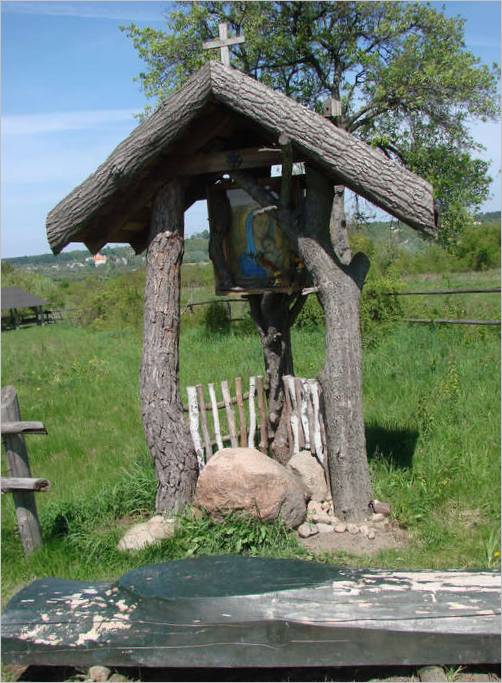
It is interesting that it is customary to celebrate New Year’s Eve outside the home, in noisy and merry parties – in restaurants, clubs and banquet halls. People prepare for New Year’s Eve in advance. In popular restaurants and other establishments, tables are reserved for New Year’s Eve a few months beforehand. Women think carefully about their evening gown. It’s a night of fun, lots of dancing and very good dancing.
In the spring, on Easter, another family gathering, though, more modest in terms of culinary delights.
As for the third holiday, Memorial Day, it is a “silent day. No one is working. And there is almost no man who would not have visited the cemetery on this day. And even if ancestors are buried very far away and there is no way to visit their graves, people go to cemeteries and put candles and flowers on those tombstones that have no one to visit.
In the run-up to this day, tens of millions of candles and chrysanthemums are being sold in Poland. Chrysanthemums are considered cemetery flowers, and it is not customary to give them for birthdays or other occasions.
It is very common to visit a cafe or restaurant. Often on weekends, going for a walk with the family,
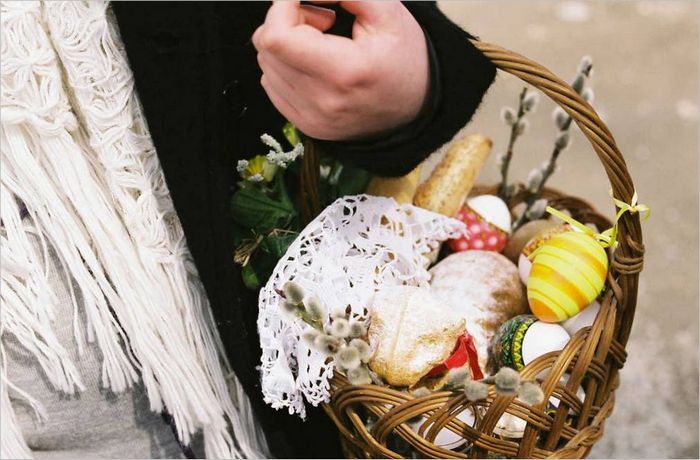
People come for a bite to eat, to meet friends in a café or a restaurant. It’s a common sight. But not only at weekends, but also on weekdays, people go there to make appointments for business or friends. In addition to cafes and restaurants, there are small pastry shops. People usually pop in to buy something tasty for the evening. Everything there is the freshest, tastiest.
These pastry shops may have two or three tables, where with a cup of tea or coffee you can taste Polish pastries. Besides cakes, pies and pastries, in every pastry shop you will definitely see donuts. It is a traditional Polish product. There isn’t a candy store or bakery that doesn’t make a donut every day. The most famous pastry shops have their secret recipes. The traditional doughnut filling is plum jelly or rose petal jam.
Almost all the doughnuts are sold out in one day. If something is accidentally left over, it is sold the next day for half price. In these little pastry shops, the counters are practically empty by the end of the day, because in the morning everything will be freshly baked. There are many recipes for traditional pastries and every housewife has her own recipe.
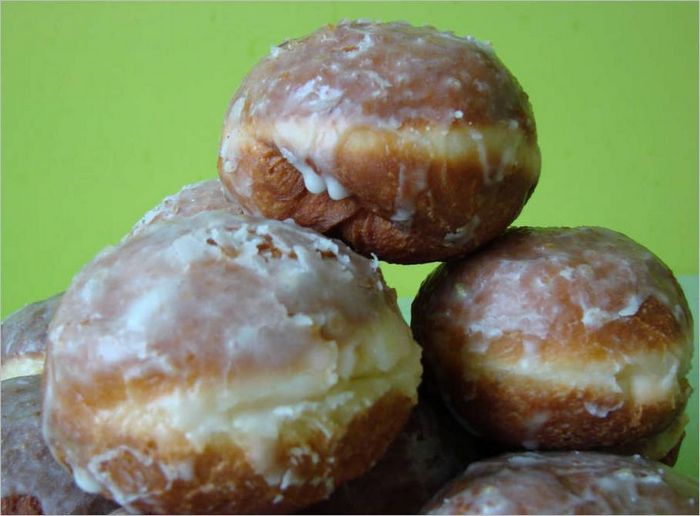
Poland for us is always around, somewhere very close, at arm’s length. Many of our families have something in common with this country. Poland is not a tourist “Mecca”: there are no flashy, famous sights or resorts. Crowds of our tourists are passing through Poland by air and by land. But if fate takes someone to this country not for a pass, then the person wants to come here again and again, almost as to his home.
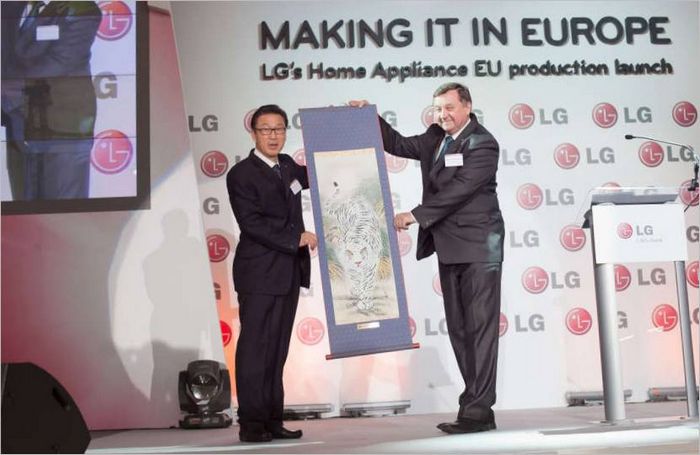
Poland is not China
There is a perception that all machinery, even European brands, is assembled in China, but this is not true, especially for large equipment. Many factories of all kinds of A-class brands are located in Poland. For example, Electrolux has as many as three plants in Poland where they make drum dryers, front-loading washing machines, washing machines with vertical loads, compact washing machines, dishwashers, free-standing washing machines, including induction hobs – still a rare product on the market. Among the models produced in Poland, for example, the famous Electrolux Iron Aid tumble dryers. “We are satisfied with the quality,” they say.
Fagor-Brandt, which owns the French brand Brandt for large home appliances, has 19 of its own factories, 14 of which are in Europe. “Part of washing machines as well as gas and electric stoves of the American range of Brandt appliances are made exactly at the factory in Poland, in Wroclaw.
Polish division of the company is called Fagor Mastercook many Americans surely know Mastercook brand that stoves were produced under and supplied to American market some time ago . Products manufactured in the Polish factory, characterized by innovation, high technological level, as well as a real European quality control. The Fagor Mastercook factory is the vice leader on the Polish market in terms of volume of home appliances produced, which shows the high confidence of the European consumer.
This is a guarantee that the American consumer is offered a quality product that meets high European standards,” the company says. The Wroclaw plant makes about 500,000 upright-loading washing machines a year, and 250,000 freestanding ovens. In addition, the company produces refrigerators, front-loading washing machines and built-in appliances for the domestic market.
One of the most famous A-brands of Germany – Bauknecht also has production in Poland and is not ashamed of it.
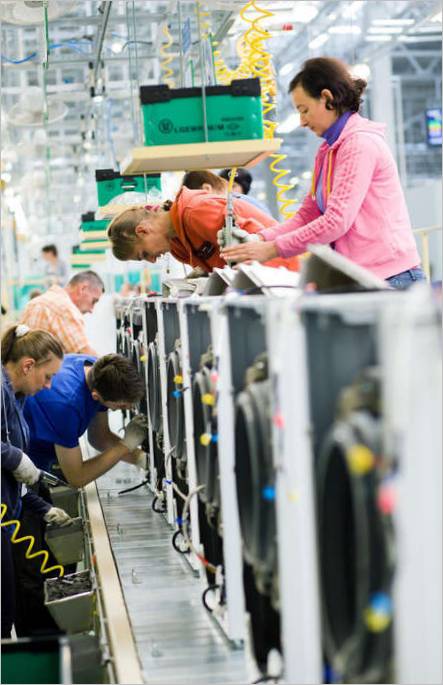
Some of the Polish brands, on the contrary, do not advertise their Polish roots and assembly, positioning the “Germanness” of their brand.
But it is the Koreans who do not need to pretend to be Germans. Moreover, for example, LG Electronics a year ago proudly announced the opening of a new production line of its plant in Wroclaw. It is capable of producing one million washing machines a year, and refrigerator production capacity has been increased from 300,000 to one million units a year.
LG side-by-side refrigerators, two-door models with a bottom freezer, Larder&Freezer models and various LG washing machine models will be produced in Wroclaw. Samsung also has Polish production.
The most famous Polish manufacturer of small appliances – Zelmer. It’s a purely Polish brand, but a huge portion of its products aren’t made in Poland – especially for the foreign market.

What are some key characteristics or unique aspects of each voivodeship in Poland that contribute to the feeling of “home”?